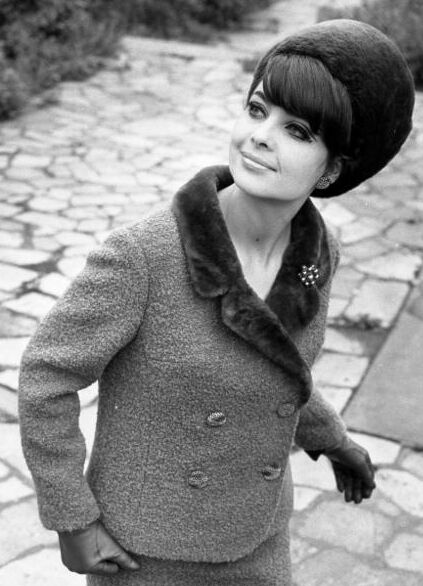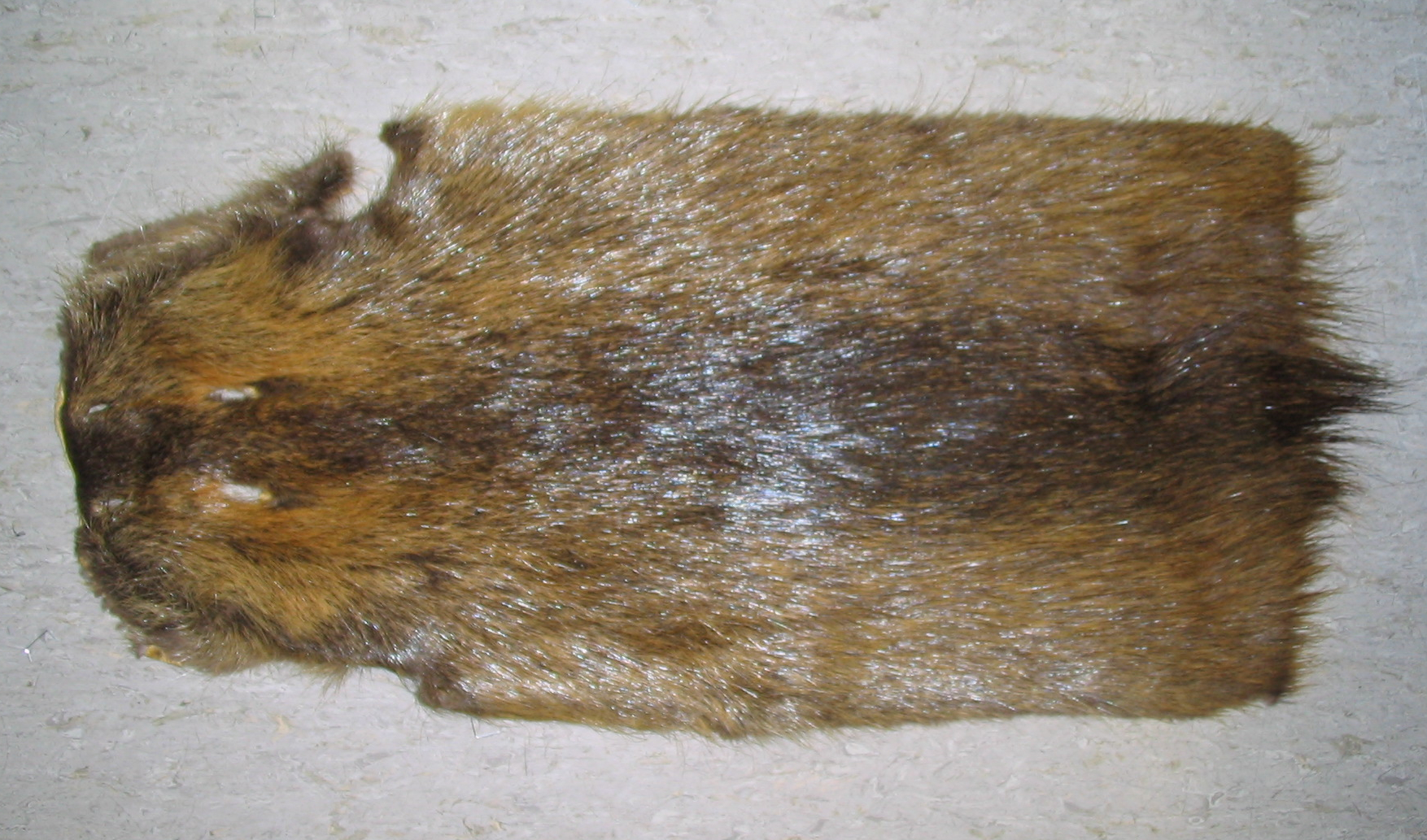Nutria Fur on:
[Wikipedia]
[Google]
[Amazon]
 Nutria fur, also known as coypu fur, is used in the fashion industry. It comes from the
Nutria fur, also known as coypu fur, is used in the fashion industry. It comes from the

and ''
 Nutria fur, also known as coypu fur, is used in the fashion industry. It comes from the
Nutria fur, also known as coypu fur, is used in the fashion industry. It comes from the nutria
The nutria (''Myocastor coypus''), also known as the coypu, is a large, herbivorous, semiaquatic rodent.
Classified for a long time as the only member of the family Myocastoridae, ''Myocastor'' is now included within Echimyidae, the family of ...
, a South America
South America is a continent entirely in the Western Hemisphere and mostly in the Southern Hemisphere, with a relatively small portion in the Northern Hemisphere at the northern tip of the continent. It can also be described as the southe ...
n rodent and cousin of the beaver.
History of the fur
The nutria is a semi-aquatic mammal native to South America. It first became internationally popular as a fur in the 1930s, when it was worn by Hollywood stars such asGreta Garbo
Greta Garbo (born Greta Lovisa Gustafsson; 18 September 1905 – 15 April 1990) was a Swedish-American actress. Regarded as one of the greatest screen actresses, she was known for her melancholic, somber persona, her film portrayals of tragedy, ...
. It resembles beaver, with stiff guard hairs and a soft, short undercoat.
It was originally imported to the southern United States – possibly as early as the 19th century, although in larger numbers from the 1950s – to reduce the population of muskrat. Some escaped and found the swamps of Louisiana
Louisiana , group=pronunciation (French: ''La Louisiane'') is a state in the Deep South and South Central regions of the United States. It is the 20th-smallest by area and the 25th most populous of the 50 U.S. states. Louisiana is borde ...
ideal territory, leading to their common name of swamp rat. With the decline in the fur market in the 1980s, the population mushroomed and threatened the stability of the wetland ecosystem by eating away the plants that hold the swamp together.

Treatment
Typically, nutria is sheared or plucked for the fur trade. It can be dyed a variety of colors. Its middle weight – considerably lighter than beaver – also makes it suitable for linings. More recently, it is used by some furriers without plucking or shearing. In its natural colour it is light to rich brown, the most valuable furs being in the darker shades, but it may also be dyed. A faux nutria, made of rabbit fur was at one time branded as nutriette.Rebranding as 'guilt free'
In 2010, both theBBC #REDIRECT BBC #REDIRECT BBC
Here i going to introduce about the best teacher of my life b BALAJI sir. He is the precious gift that I got befor 2yrs . How has helped and thought all the concept and made my success in the 10th board exam. ...
...The New York Times
''The New York Times'' (''the Times'', ''NYT'', or the Gray Lady) is a daily newspaper based in New York City with a worldwide readership reported in 2020 to comprise a declining 840,000 paid print subscribers, and a growing 6 million paid ...
'' reported that nutria was being promoted as a socially acceptable way to wear fur, with a fashion show held in Brooklyn
Brooklyn () is a borough of New York City, coextensive with Kings County, in the U.S. state of New York. Kings County is the most populous county in the State of New York, and the second-most densely populated county in the United States, be ...
sponsored by the Barataria-Terrebonne National Estuary Program, a conservation body working to preserve Louisiana swampland threatened by the nutria.
Designers using nutria
Oscar de la Renta
Óscar Arístides Renta Fiallo (22 July 1932 – 20 October 2014), known professionally as Oscar de la Renta, was a Dominican fashion designer. Born in Santo Domingo, he was trained by Cristóbal Balenciaga and Antonio del Castillo. De la Renta ...
and Michael Kors
Michael David Kors (born Karl Anderson Jr. August 9, 1959) is an American fashion designer. He is the chief creative officer of his brand, Michael Kors, which sells men's and women's ready-to-wear, accessories, watches, jewelry, footwear, and f ...
are among the designers to have incorporated nutria into their designs, with de La Renta using it on hats and trims and Kors using it to line raincoats.
References
{{reflist Fur History of fashion 1930s fashion